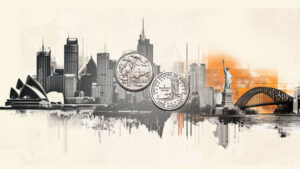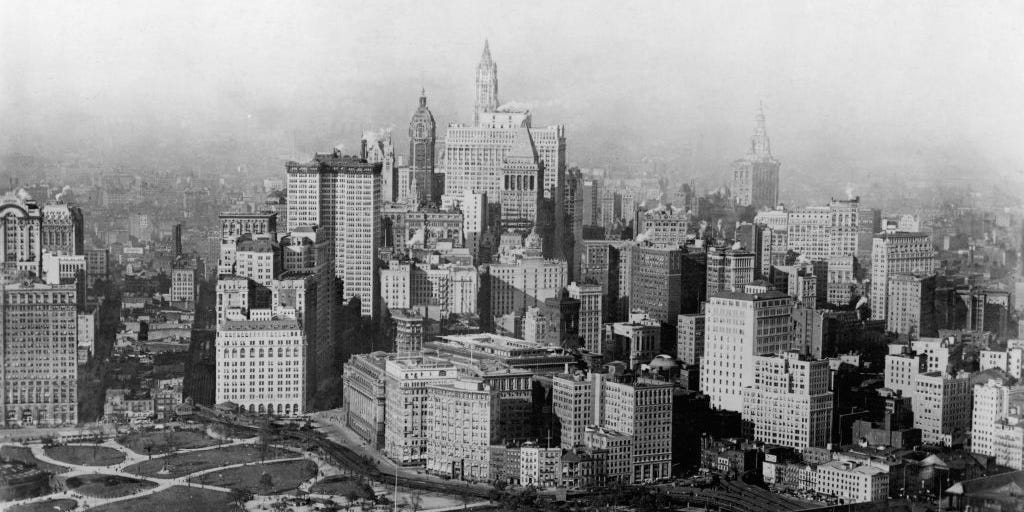As New York gained global recognition for its booming financial market, people from all over the world flocked to its doorstep. In 1900, the newly consolidated city was home to 3,437,202 people, according to New York state Census data. In 1920, that number grew to 5,620,048; of this total, well over 40% were first-or second-generation immigrants.
People traveled from Europe, the Middle and Far East, the Caribbean, and Central/South America. Within the US, Black Americans from the South and white Americans from rural areas also moved to the city.
Families arrived at Ellis Island en masse, thereby “swelling existing enclaves or launching new ones, some pocket-sized but many vast enough to allow them to bear the mark of a particular ethnic culture,” according to “The Encyclopedia of New York City: Second Edition.” By 1920, New York City was a true melting pot of cultures.
However, not everyone was happy about the newcomers.
“In the 1920s, New York City was very much a place where white supremacy and anti-immigration attitudes were flourishing,” Jonathan Goldman, author of “Modernism Is the Literature of Celebrity,” told Business Insider.
These attitudes gave way to laws such as the Immigration Acts of 1921 and 1924, which barred Asians entirely and established stringent quotas for other groups, particularly Southern and Eastern Europeans.
Read the full article here
















